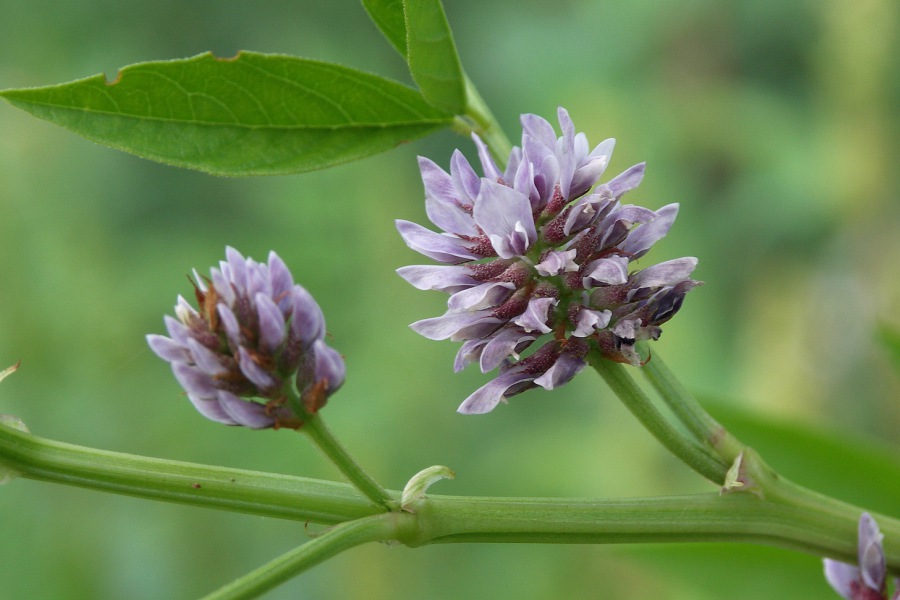Glycyrrhiza echinata: Red Data Book of Armenia

VU* B 1 ab(i,ii,iii,iv) + 2 ab(i,ii,iii,iv)
Category. Vulnerable species. The extent of occurrence and area of occupancy are less than 500 km2. Taking into consideration relatively wide range of general distribution of the species, the category of threat has been downgraded to VU. It was not included in the first edition of the Red Data Book of Armenia under Category 0: Apparently disappearing species, but recently new populations have been discovered. It is not included in the Annexes of CITES and that of the Bern Convention.
Description. Perennial herbs. Stems branched, 80–100 cm. Leaflets 3–6–paired, elliptic, 2–4 x 1–2 cm, glandulose on the lower side. Inflorescence dense, globular or elliptic. Corolla light lilac, 5–7 mm long. Legumes in the upper part dense and long setose-glandular, at base glabrous; 1–3–seeded.
Distribution. In Armenia it occurs in Yerevan (surroundings of Zeyva, Sis villages and the town Echmiadzin) and Meghri (surroundings of Lehvaz village) floristic regions. EOO is 490 km2, AOO is 12 km2, the number of locations is 3.The main area of distribution includes the Caucasus, Middle Europe, countries of the Mediterranean Sea basin, Anatolia, Iran, south–western part of West Siberia and north-western part of Middle Asia.
Ecological, biological and phytocoenological peculiarities. Grows in lower mountain belt, at the altitudes of 800–900 meters above sea level, along the banks of rivers and streams. Flowering from May to June, fruiting from June to August.
Limiting factors. Loss/degradation of habitats caused by land development.
Conservation actions. No conservation actions. Necessary: monitoring of the population state.
Suggestions
 The Ministry of Environment sent a letter international partners to draw their attention to the real danger of environmental disasters as a result of Azerbaijan's large-scale aggression towards the territory of Armenia
The Ministry of Environment sent a letter international partners to draw their attention to the real danger of environmental disasters as a result of Azerbaijan's large-scale aggression towards the territory of Armenia
 Vicia pisiformis: Red Data Book of Armenia
Vicia pisiformis: Red Data Book of Armenia
 Vavilovia formosa: Red Data Book of Armenia
Vavilovia formosa: Red Data Book of Armenia
 Trigonella capitata: Red Data Book of Armenia
Trigonella capitata: Red Data Book of Armenia
 Trigonella astroides: Red Data Book of Armenia
Trigonella astroides: Red Data Book of Armenia












